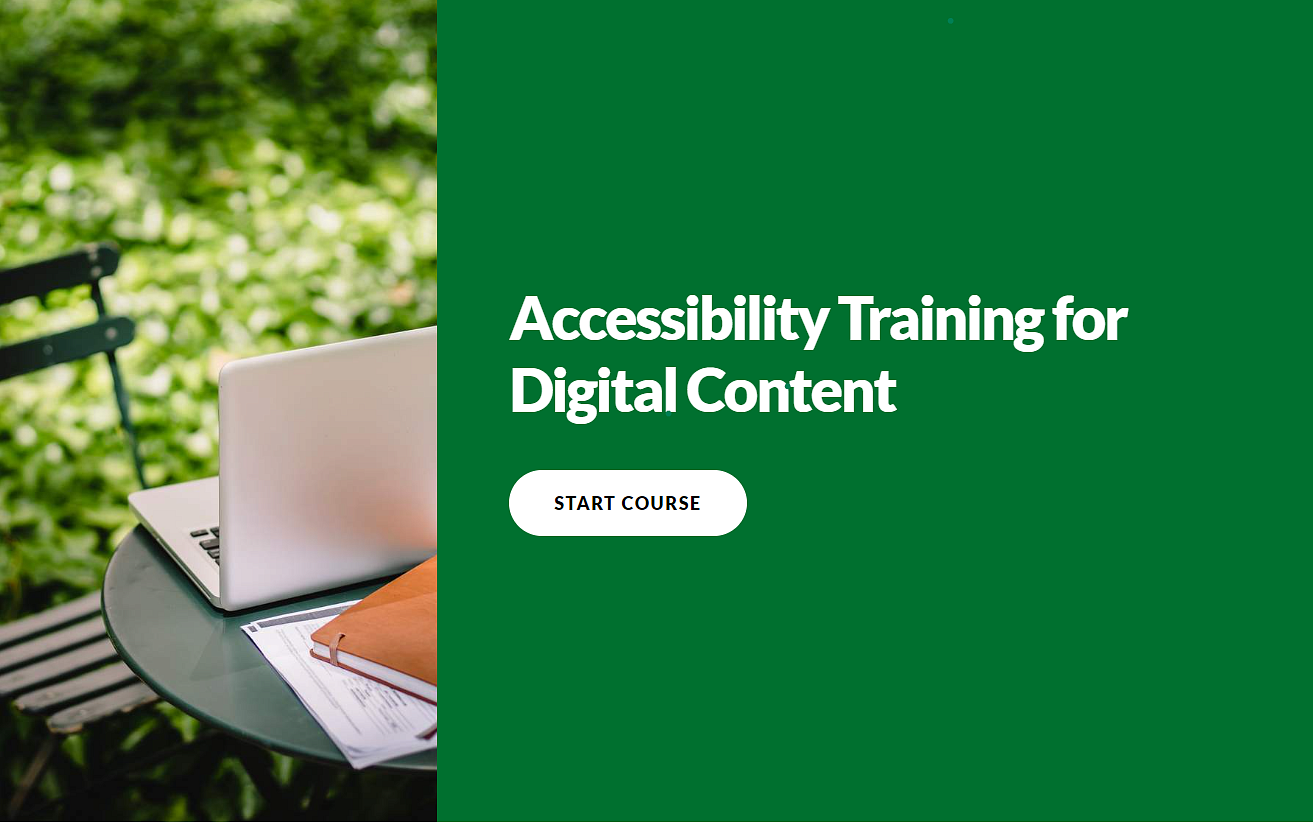"Providing accessible digital content at the University of Oregon is important to creating a campus experience in which everyone feels they belong and can be successful."
- President Karl Scholz (Around the O)
What digital accessibility means
As Digital Accessibility at UO, states, it "...refers to designing digital content so that it can be fully used by people with disabilities. 'Digital content' includes anything used or viewed on a computer or mobile device, such as: web pages; Microsoft Word documents; PowerPoint presentations; PDFs; Canvas courses; streaming videos; email; software and mobile apps, and much more."
Content that is digitally accessible meets specific standards. Instructors can find a checklist of digital accessibility basics for an overview of common considerations, and are strongly encouraged to take the asynchronous Digital Content Accessibility training to learn how to apply the standards.
Why accessible content matters
Our institution is committed to creating content that people with disabilities (whether students, employees, and/or others) can access. This commitment is codified in UO's Information and Communications Technology Accessibility policy. Our institution also has legal obligations under federal civil rights laws that correspond to digital accessibility.
In addition to our institutional commitments and obligations, digital accessibility supports student success. Having accessible course content is crucial for many students (both ones who have AEC accommodations and ones who do not), and is relevant for a wide variety of disabilities, including non-apparent disabilities.

